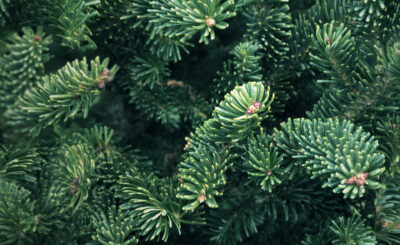
When it comes to safeguarding your property from the elements, few landscaping features are as effective as windbreaks. These strategically planted barriers of trees serve as nature’s armor against harsh winds and can significantly enhance the comfort and protection of your outdoor space.
Understanding Windbreaks
Windbreaks, also known as shelterbelts or windrows, are linear plantings of trees or shrubs strategically positioned to reduce the impact of wind on a specific area. They are commonly used to protect homes, gardens, farms, and even commercial properties. Windbreaks work by slowing down and redirecting the wind, creating a calmer microclimate on the leeward side of the barrier.
Benefits of Windbreaks
- Wind Protection: The primary purpose of windbreaks is to shield against strong winds. They significantly reduce wind speed and turbulence, helping to prevent wind damage to structures and vegetation.
- Energy Efficiency: Windbreaks can lower heating costs by reducing heat loss from buildings. In the summer, they provide shade, which can help keep your property cooler and reduce the need for air conditioning.
- Improved Crop and Garden Growth: Windbreaks can enhance agricultural productivity by reducing wind erosion, protecting crops from wind damage, and creating a more favorable microclimate for plant growth.
- Wildlife Habitat: Windbreaks can serve as habitat and shelter for wildlife, contributing to local biodiversity.
Cold Stream Farm Trees for Effective Windbreaks
Now, let’s explore some of the tree varieties offered by Cold Stream Farm that can be used to create effective windbreaks:
- Norway Spruce (Picea abies): Known for its fast growth and dense evergreen foliage, Norway Spruce is an excellent choice for creating a sturdy windbreak. Its dense canopy effectively blocks wind and provides year-round protection.
- Eastern Red Cedar (Juniperus virginiana): A native tree well-suited for windbreaks, Eastern Red Cedar is drought-tolerant and offers year-round coverage. Its dense foliage provides excellent wind resistance.
- White Pine (Pinus strobus): White Pine trees are tall and majestic, making them effective windbreak components. Their soft, flexible needles help reduce wind speed and turbulence.
- Colorado Blue Spruce (Picea pungens): With its striking blue-green needles, Colorado Blue Spruce not only serves as an effective windbreak but also adds aesthetic value to your landscape.
- Hybrid Poplar (Populus deltoides x nigra): If you need quick results, Hybrid Poplar trees are an excellent choice. They are fast-growing and can provide a windbreak within a few years.
- Red Maple (Acer rubrum): Red Maples are known for their brilliant fall foliage, making them a beautiful choice for a windbreak that provides seasonal interest.
Creating an Effective Windbreak with Cold Stream Farm Trees
Here are some key considerations when planning and planting a windbreak using Cold Stream Farm trees:
- Site Selection: Determine the most exposed areas of your property where wind protection is needed the most.
- Spacing: Proper spacing of trees is crucial for an effective windbreak. Cold Stream Farm can provide guidance on the ideal spacing for your chosen tree species.
- Planting Design: Consider staggered rows of trees, with taller varieties in the back and shorter ones in the front, to create a layered effect that maximizes wind reduction.
- Maintenance: Regular pruning and care will ensure that your windbreak remains healthy and effective over the years.
Looking for trees to break the wind? Contact Cold Stream Farm at (231) 464-5809 today or visit us online to get more information on what trees are the best fit for you.
